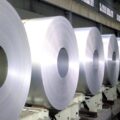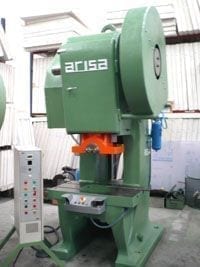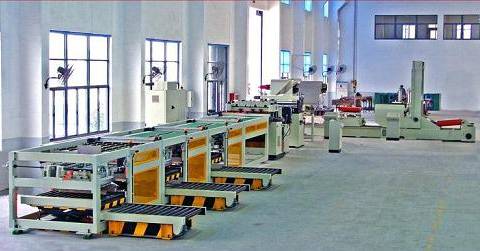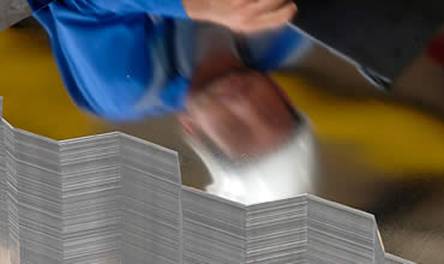Tinplate Tempering in the Manufacture of Metal Containers
Tempering is a critical process in the manufacture of tinplate for metal containers, following cold rolling and annealing. This heat treatment adjusts the mechanical properties of the tinplate to obtain the appropriate hardness and malleability, which guarantees the quality of the final product. The following is a technical analysis of the tinplate tempering process.
The Tempering Process
Tempering is performed after annealing, where the steel strip has lost its hardness and needs to be adjusted to the values required for forming into containers. This process consists of one or two roller boxes where the strip receives a soft, dry lamination, which slightly reduces its thickness (less than 2%) and at the same time improves the surface and reinforces its flatness.
Tempering trains
Higher power tempering trains with the use of lubricants (wet) allow for more precise process control. The steel strip is subjected to controlled tension as it passes through the rollers, adjusting its hardness and surface texture. This step is essential to ensure print quality and varnish adhesion at later stages.
Tempering Objectives
- Hardness Adjustment: The main objective of tempering is to adjust the hardness of the tinplate to the values necessary for its handling and forming into metal containers.
- Surface Enhancement: Tempering refines the surface of the tinplate, which is crucial for print quality and adhesion of protective coatings.
- Flatness Control: A flat web is essential for efficiency in container production lines and to avoid defects during container forming.
Technical Considerations
- Tension Control: It is essential to maintain uniform web tension during tempering to avoid the formation of wrinkles or residual tension.
- Lubrication: The use of lubricants in wet tempering helps to protect the tinplate surface and improve the quality of the finish.
- Temperature and Speed: Temperature and belt speed must be controlled to ensure process uniformity.
Conclusion
Tempering is an essential step in the production of tinplate for metal containers. Through careful control of the process, the hardness is adjusted and the surface of the tinplate is improved, preparing it for use in the manufacture of high quality packaging. The resulting containers offer strength, durability and a surface suitable for printing and varnishing, meeting the requirements of the metal packaging industry.
















0 Comments